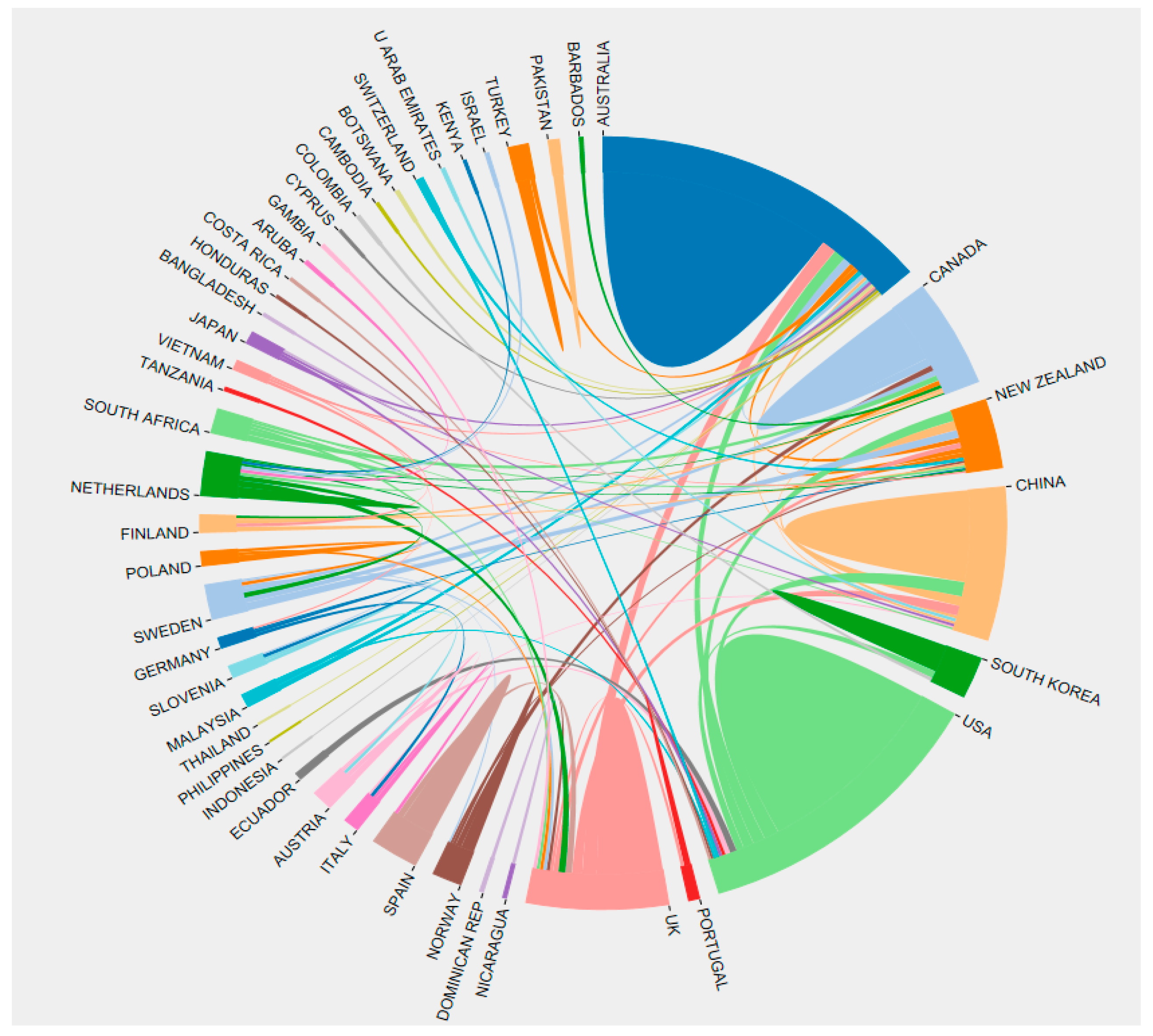Systematics, Taxonomy, and Classification: Systematics.
Abstract. Systematic biologists have engaged in a long-standing debate over the purposes and methods of classification. Many nonsystematic biologists probably look upon the resulting contentiousness with amusement, if they look upon it at all, for if we are honest about the present condition of systematic biology, we have to admit that classification is often seen as little more than the.
What is systematics and why is it important? What is systematics? Systematics is the study of the units of biodiversity. Systematics differs from ecology in that the latter is concerned with the interactions of individuals (and therefore species) in a particular time, while the former is concerned with the diversification of lineages through time.
Although both evolutionary systematists and cladists are phylogeneticists, the reconstruction of the history of life is fundamentally different in these two approaches. We maintain that all method, including taxonomic ones, must fall out of well corroborated theory. In the case of taxonomic methodology the theoretical base must be evolutionary.
There's classification, taxonomy, phylogeny, systematics, cladistics and no doubt more. What do they all mean? Answer It turns out that this is a complicated area, that the lines between these terms and others are not very clearly drawn, and that people have very strong, conflicting opinions on the best way to do classification. From this.
Other posts on the site.
To overcome this uncertainty, modern bacterial classification emphasizes molecular systematics, using genetic techniques such as guanine cytosine ratio determination, genome-genome hybridization, as well as sequencing genes that have not undergone extensive lateral gene transfer, such as the rRNA gene.
E.O. Wiley, in Encyclopedia of Genetics, 2001. Cladistics, or phylogenetic systematics, is a systematic and taxonomic discipline. Hennig (1960, 1966), founded the discipline although he was certainly not the first to use many of its principles.It provides a method for reconstructing the phylogenetic relationships between species and higher taxa.
Cladistics (Phylogenetic Systematics) Cladistics - also called Phylogenetic Systematics or Phylogenetic Taxonomy - is a method of classifying organisms by common ancestry, developed by Willi Hennig, an entomologist, in 1950, but was not really accepted until the 1980s. Like Evolutionary Systematics (which it has currently supplanted) Cladistics is a method of classification based on the.
Phylogenetic systematics, a.k.a. evolutionary trees by the Understanding Evolution team. All life on Earth is united by evolutionary history; we are all evolutionary cousins — twigs on the tree of life. Phylogenetic systematics is the formal name for the field within biology that reconstructs evolutionary history and studies the patterns of relationships among organisms. Unfortunately.
In classification, the broad taxonomic category above phylum. domain. A taxonomic category above the kingdom level. The three domains of life are Archaea, Bacteria, and Eukarya. taxon. A named taxonomic unit at any given level of classification. phylogenetic tree. A branching diagram that represents a hypothesis about the evolutionary history of a group of organisms. cladistics. An approach to.
ANIMAL SYSTEMATICS (CLASSIFICATION) Following groups used in animal classification: 1. Monophyletic Groups: The groups showing similarities due to single ancestors are called monophyletic groups. The classification based on monophyletic groups is called monophyletic classification. This classification show evolutionary relationship. The species should have single ancestral species.

















